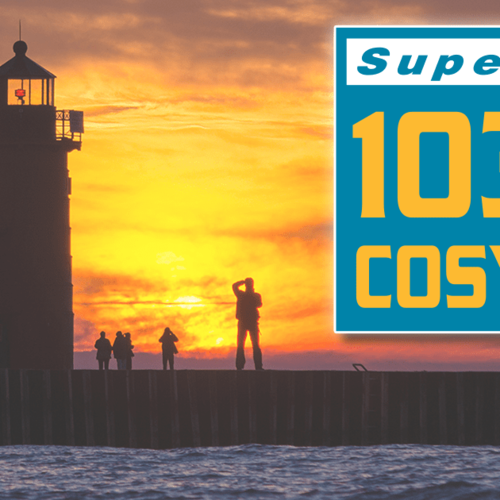- The NTSB wants to find out the risk of collapse for nearly 70 bridges over 19 states in the event of a ship collision, similar to last year’s deadly Francis Scott Key Bridge incident in Baltimore. Over the past year, the NTSB found 68 bridges built before 1991 that have not undergone a “current vulnerability assessment,” according to the report on Thursday.
- Some notable bridges in the report include the Golden Gate Bridge in California, the Brooklyn Bridge in New York and the Sunshine Skyway Bridge in Florida.
- The Golden Gate Bridge, Highway and Transportation District responded to the report on Thursday, saying it is “in full compliance with all state and federal regulations.”
Full Story
The National Transportation Safety Board (NTSB) is calling for nearly 70 bridges across 19 states to be given a “vulnerability assessment” to find out their risk of collapse if involved in a ship collision similar to last year’s deadly Francis Scott Key Bridge incident in Baltimore.
Over the past year, the NTSB found 68 bridges built before 1991 that have not undergone a “current vulnerability assessment,” according to its report on Thursday, March 20.
The agency’s recommendations were shared with 30 owners of the 68 bridges in question.
Which bridges made the report?
Some notable bridges in the report include the Golden Gate Bridge in California, the Brooklyn Bridge in New York and the Sunshine Skyway Bridge in Florida.
The Golden Gate Bridge, Highway and Transportation District responded to the report on Thursday, saying it is “in full compliance with all state and federal regulations,” and noted that it hired a consultant this year to perform “an assessment of the south tower fender’s system’s structural capacity for ship collisions.”
What do the findings mean?
The NTSB points out that its recommendation does not mean the 68 bridges are expected to collapse, and the ask is to have bridge owners determine whether the structures are above federal regulations when it comes to acceptable risk of collapse.
The bridges were separated into two classifications, “critical/essential” and “typical,” in the report.
What is the bigger picture?
The report was released nearly a year after the Francis Scott Key Bridge collapse, in which a cargo ship lost power, causing it to crash into the bridge, killing six workers who were filling potholes on it at the time.
The findings come as the NTSB revealed the Baltimore bridge’s “acceptable risk” was nearly 30 times greater than federal regulations recommend for critical and essential bridges.











